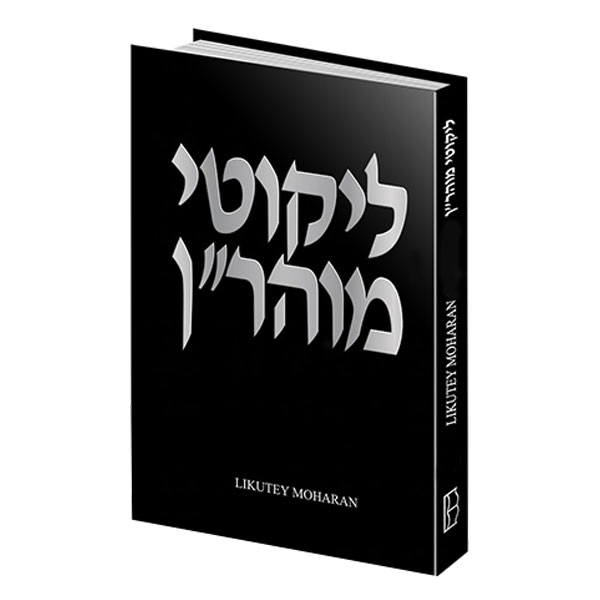Some of the concepts discussed in this Torah include: Living an Olam HaBoh-esque existence, i.e. understanding that everything is for the good; Malchus d’kedusha; Vidui in front of a Talmid Chochom; Association Malchus with dibur as well as fire; how foolish is one that stands for a Sefer Torah and not a Talmid Chochom (living Sefer Torah);
- When one perceives with clarity that whatever happens, i.e. everything that Hashem does, is for his benefit, then is living an Olam HaBoh-esque existence. (While occurrences may appear to be ‘bad,’ this may depend on the context in how this is viewed, i.e. events may serve as atonement, focus one on teshuva, or lead to a future good.)
Notably, we understand that this attitude is, in principle me’en Olam HaBoh as our current stage does not lend itself to this perception. i.e. in this world we make the blessing of “Baruch Dayan HaEmes” but in the next world we will make only “Baruch HaTov V’HaMetiv.”
- How does one bring himself to know with clarity that everything that occurs is for the good?
This is only possible when one frees Malchus of Holiness from the control of the nations and returns it to Hashem. (Note that we have encountered similar concepts of Malchus D’kedusha in Torah 1, hashra’as haShechina in Torah 2, and building up Malchus D’Kedusha in Torah 3)
- Now that we have explained that one must build up Malchus D’Kedusha in order to come to a perception where everything is coming from Hashem and is for the good, we must focus on how to approach this avodah in our current state before redemption.
It is impossible to return Malchus D’Kedusha to its shoresh without vidui (confession) before a Talmid Chochom. This connects middas HaDin and Midas HaRachamim (the ‘names of Hashem’: YHVH and Elokim)
- Further, upon understanding that vidui before Talmid Chochom is necessary to return Malchus D’Kedusha to Hashem and unite the middos of Rachamim and Din, continue to learn that this understanding or ‘Yediah Sheleimo’ is essentially ‘daas’, which is the unification of Chassadim and Gevuros, where there is no distinction between chessed and din.
(my suggestion: many times in life we define, or associate, a particular occurrence or state of circumstances as ‘good’ or ‘bad’ based on a particular context or snapshot in time. However, a broader context will yield a fundamentally different way of looking at things. e.g. Reuven ‘injures’ Shimon…as part of a life-saving operation. Whether we relate to the ‘act’ as a negative act or a positive act (albeit painful) depends on perspective.
It is interesting to note that we say ‘gam zu letovah (for the good) rather than gam zu tovah (is good). We acknowledge that based on a current frame of reference something may not present itself as ‘good.’ However, we also acknowledge, and have bitachon – now- that at the point in time when we have the ultimate perspective, we will relate to everything, even retroactively, as being for ‘the good.’
This integrated knowledge where everything comes together is true ‘daas’ – Hashem echad, ushemo echad.
- As discussed, through vidui before a Talmid Chochom malchus will be (re)associated with its shoresh (root), and din will essentially become unified with rachamim, whereby one relates to all that happens as ‘good.’ We now explain that aveiros create realities that effect one’s bones in the form of a distorted letter combination. (If we understand that the letters of the Aleph Beis are the ‘building blocks’ of the world, then when one acts not in accordance with the Torah, this is creating a distortion of the Aleph Beis. The energy manifests from a negative letter combination that expresses itself as being ‘etched on ones bones’). To the extent that “Malchus” is associated with “speech” (actualization of letters), one can bring Malchus into galus, further away from its shoresh. Through vidui, one is able to rectify this damage to himself and raise Malchus up.
- Introducing Malchus as a bechina of “esh” fire (in addition to the association of Malchus and dibur above), we further explain that one is able to counter the ‘anger’/fire or taaveh and resulting din through the ‘fire’ of malchus d’kedusha.
- As we begin to bring the concepts above together, we address the essentially qualities of a talmid chacham that facilitate vidui before a talmid chacham having the effect of rectifying the negative letter combinations and raising Malchus back up to its shoresh.
Stated simply: A talmid Chacham (bechinas Moshe) has the power of atonement because of his quality of anavah (humility).
Using this idea we explain Moshe’s unusual request to Hashem, that if Hashem would not forgive the Jews for the sin of the golden calf, Hashem should blot Moshe out of the Torah.

